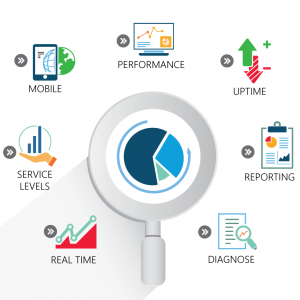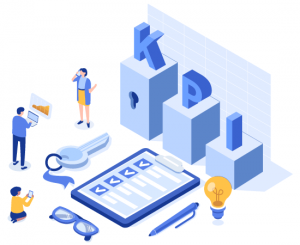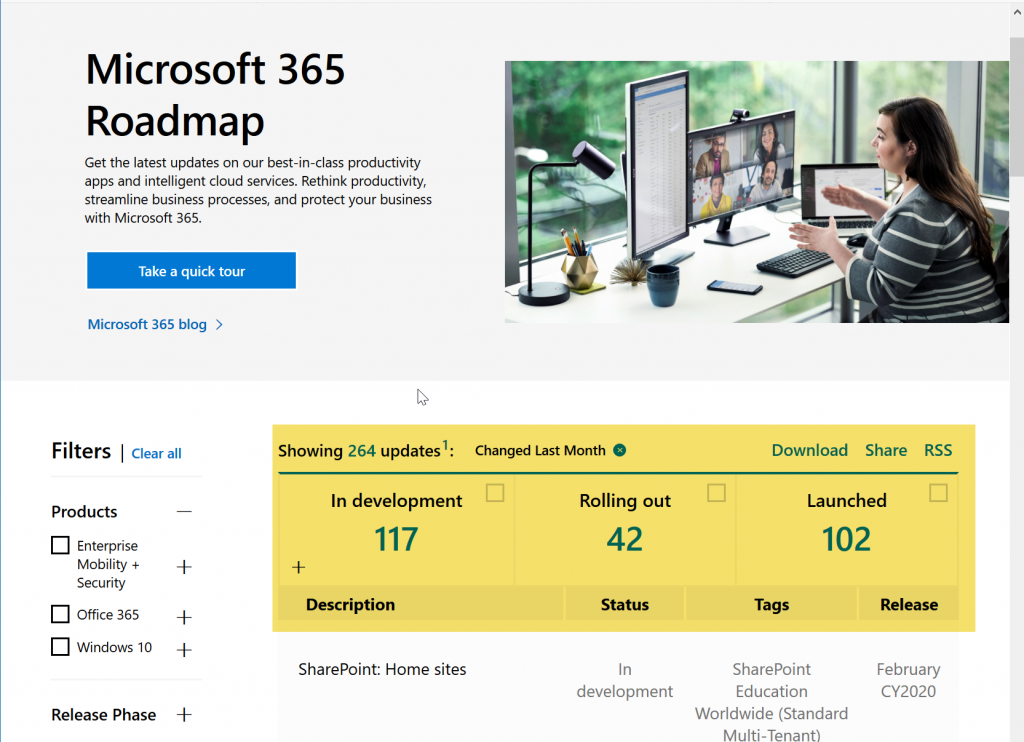With every webpage loaded, email sent, or video streamed, network traffic takes a complex journey…
Digital Experience Monitoring (DEM) is a growing practice within IT organizations that provides insight into the factors that make up the overall application User Experience (UX). As systems become more complex and IT loses direct control of infrastructure (hello Cloud), it becomes both more difficult and more important to capture and monitor the overall user experience. So, let’s discuss some of the use cases for DEM to resolve challenges within your network environment.
But before that,
Digital Experience Monitoring prioritizes the user experience by identifying and monitoring first- and third- party systems to ensure they are performing correctly. DEM solutions also reveal the root cause of poor user experience. After all, if the user experience of IT delivered apps is poor, then what good is any of the underlying infrastructure?
Monitoring digital experiences for third-party cloud apps like Office 365, Salesforce and Workday is just as important as understanding how internally developed applications are performing. End users don’t know where an app is coming from or who is responsible when its broken. They just want IT to work.
Measuring what matters most, end user satisfaction, provides valuable insight into the service delivery chain and underlying infrastructure. A real time user experience view of applications, network and devices is ultimate goal of Digital Experience Monitoring.

Let’s examine some of the enterprise use cases for DEM.
Holding Vendors Accountable, Recovering Service Credits
 Holding vendors responsible for their guarantees is an important value proposition that comes out of a Digital Experience Monitoring strategy. It’s especially important in this day of cloud and SaaS migrations. Nowadays, every cloud, network and service provider offers Service Level Agreements (SLAs) where the vendor promises to meet uptime and performance standards. A DEM solution will provide response time and availability metrics that can be used to demand service credits or recover SLA violation dollars.
Holding vendors responsible for their guarantees is an important value proposition that comes out of a Digital Experience Monitoring strategy. It’s especially important in this day of cloud and SaaS migrations. Nowadays, every cloud, network and service provider offers Service Level Agreements (SLAs) where the vendor promises to meet uptime and performance standards. A DEM solution will provide response time and availability metrics that can be used to demand service credits or recover SLA violation dollars.
But if a tree falls in the woods, is there anyone around to hear it? You have to measure user experience to ensure that Office 365, Azure and the dependent network services are performing well and highly available. Typically, DEM leverages both Synthetic Transaction Monitoring (STM) and Real User Monitoring (RUM) to measure uptime, response and availability of applications. You will want to look for a platform that covers all of the methodologies for your application portfolio.
Improving Employee Productivity
Capturing metrics for the employee digital experience – the apps, services and devices – is a core value prop DEM. Customer experience ( of IT ) is paramount to end user satisfaction. And with today’s extremely low unemployment rates, especially for technical users, keeping every employee happy and productivity is critical to the function of the IT division.
A DEM strategy within IT organization’s helps with:

- Optimizing the function of business units
Visualizing application and website performance from the user perspective provides comprehensive view of business apps - Minimizing disruption and end-user complaints
Knowing ahead of time when outages occur no matter where the user is located or for any app is critical
- Reducing support tickets and Mean Time to Resolution when something goes wrong
Application errors and outages affect employee productivity, DEM solutions improve real time root cause analysis and long term cataloging of problems - Increasing transparency among different IT roles and responsibilities
A successful DEM deployment will benefit different personas within IT including Application Owners, the Helpdesk, Network Administrators and finally your CIO / CTO.
Change Management, Risk Mitigation
Digital Experience Monitoring is a tool that should be integrated with an organization’s change management strategy. A cornerstone benefit of SaaS and Cloud is no longer being responsible for software and hardware upgrades, maintenance, and patch cycles. Migrating to Office 365 means no longer spending precious time and resources on Windows, Exchange or SharePoint upgrades for example. But that doesn’t mean that IT can ignore changes or doesn’t need to monitor for their effects.
Look here at the current Microsoft 365 Roadmap (which covers Office 365) filtered by the last month:

That’s a lot of changes.
IT organizations need to be aware of the changes, potential impact, and whether user experience will be effected or is affected. A good DEM strategy will include support for third-party applications and assist with detecting changes in the applications and dependent infrastructure. Network observability across components, services, branch office ISPs, and overall Internet performance is critical.
DEM solutions assist in understanding the stability and reliability of the user experience while all this change is happening.
Digital Experience Monitoring for Network Transformations
The modern-day network requires a fundamental transformation and network architects are turning to Software Defined Wide-Area-Networks (SD-WAN) to solve problems and improve performance. As a result, enterprise networks are always in state of flux and change. These changes require network visibility and application intelligence which can be had from a good digital experience platform.
Observing the entire Service Delivery Chain, application response times, and underlying network traces and paths is critical to understanding the user experience. The ideal DEM solution will provide for early detection of network changes as well as long term performance overviews. DEM often provides root cause analysis and long term guidance in one solution.
A DEM solution provides high-level, end-to-end visualizations as opposed to Application Performance Management (APM) tools used by developers which provide code-level performance data. Network administrators often rely on SNMP collection tools but those don’t sufficiently capture the user experience. Finally, application owners – people responsible for the successful delivery of first- and third- party applications require their own comprehensive tools and that has become a DEM solution.
Remote and Branch Office Productivity
Finally, Workers today want more flexibility in when, where, and how they work. Nearly 69% of millennial’s say they would prefer to work from home. Low employment causes organizations to hire remotely and support better, more diverse, branch office environments. These modern day “office” requirements make it harder for Information Technology teams to 1) deliver applications everywhere and 2) measure and improve the digital experience.
The ideal DEM solution should readily support secure and efficient collection from any environment. As mentioned before, modern DEM solutions should support third-party apps and networks to collect user experience no matter when an employee is located; remote or headquarters.


